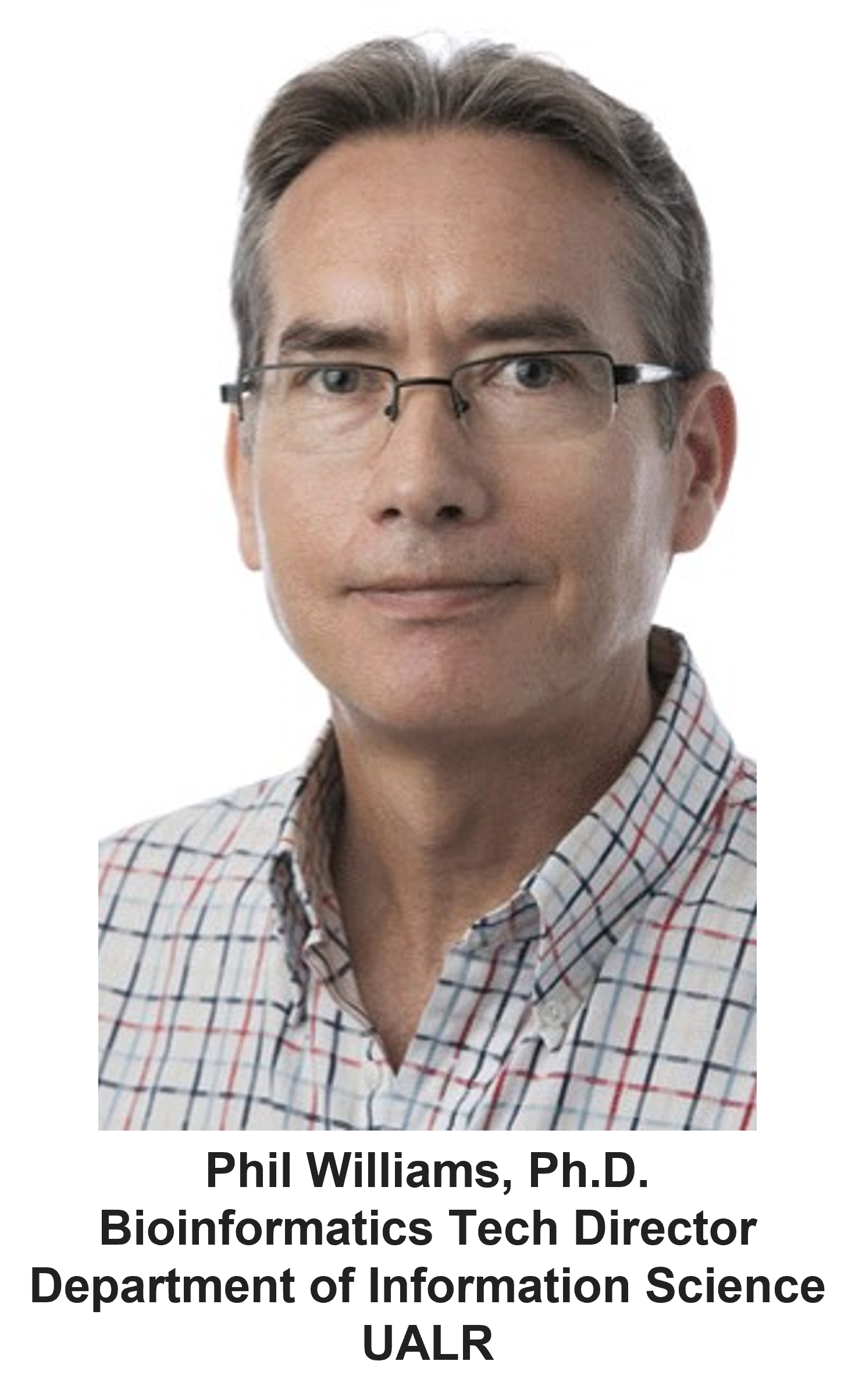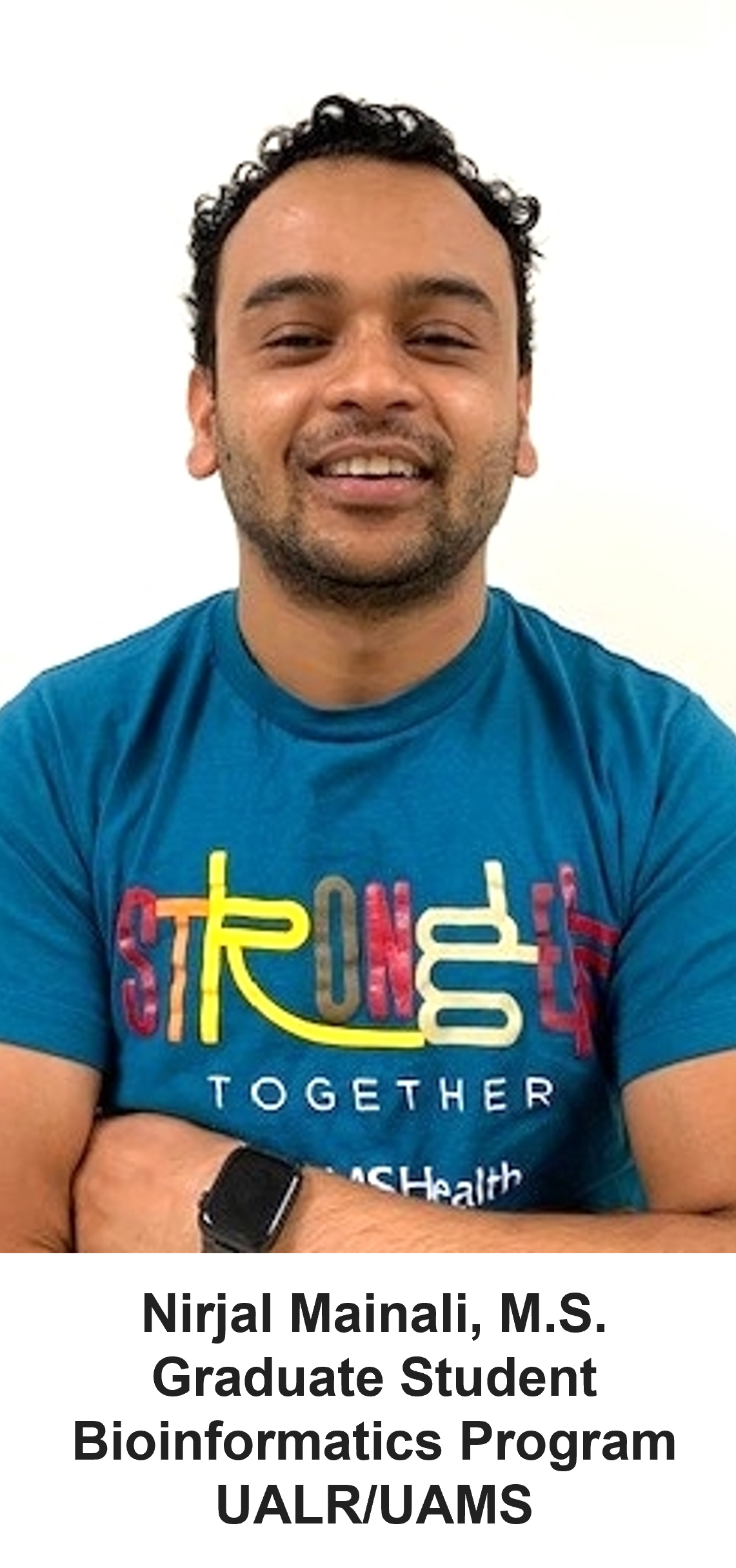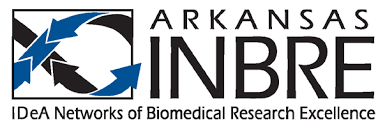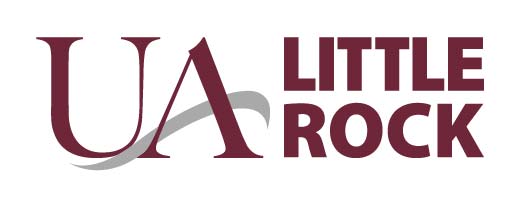WebGRO
Macromolecular Simulations
ABOUT US
Simlab is a research initiative for creating web tools for various computational biology research including macromolecular simulations. The aim of WebGro is to make user friendly computational biology tools available for all types of researchers. WebGro is a fully automated online tool for performing molecular dynamics simulation of macromolecules (proteins) alone or in complex with ligands (small molecules).WebGro uses the GROMACS simulation package for performing fully solvated molecular dynamics simulations. Users submit only their protein file (with .pdb extension), and WebGro will perform simulation as well as trajectory analysis. Parameters in the submission page are set to default values based on published work related to GROMACS simulations. Users are advised to refer to related papers and tutorials for in-depth understanding of each parameter.
OUR TEAM



Useful information:
Some of the widely used software packages and webservers for assisting academic researchers are given below.
Protein Structure modeling
ITASSER server (https://zhanggroup.org/I-TASSER/)
ModWeb (https://modbase.compbio.ucsf.edu/modweb/)
AlphaFold (https://alphafold.ebi.ac.uk/)
Protein-structure visualization, editing, and inducing mutations
BioVIA Discovery Studio ModWeb (https://discover.3ds.com/discovery-studio-visualizer-download)
Schrodinger Maestro Visualizer (https://www.schrodinger.com/products/maestro)
High-throughput Virtual Screening of large libraries and protein-ligand docking
SiBioLead webserver NEMO4D
PyRx (https://pyrx.sourceforge.io/downloads)
Extended Molecular Simulations
SiBioLead webserver (https://sibiolead.com/)
Gridmarkets (https://www.pharma.gridmarkets.com/gromacs)
Papers to cite: If you used WebGRO simulation in your work, please cite any of the following publications accordingly in your manuscript.
1) H. Bekker, H.J.C. Berendsen, E.J. Dijkstra, S. Achterop, R. van Drunen, D. van der Spoel, A. Sijbers, and H. Keegstra et al., “Gromacs: A parallel computer for molecular dynamics simulations”; pp. 252–256 in Physics computing 92. Edited by R.A. de Groot and J. Nadrchal. World Scientific, Singapore, 1993.
2) M.J. Abraham, T. Murtola, R. Schulz, S. Páll, J.C. Smith, B. Hess, and E. Lindahl, “GROMACS: High performance molecular simulations through multi-level parallelism from laptops to supercomputers,” SoftwareX, 1–2 19–25 (2015).
3) K. Lindorff-Larsen, S. Piana, K. Palmo, P. Maragakis, J.L. Klepeis, R.O. Dorr, and D.E. Shaw, “Improved side-chain torsion potentials for the AMBER ff99SB protein force field,” PROTEINS: Struct. Funct. Gen., 78 1950–1958 (2010).
4) P. Bjelkmar, P. Larsson, M.A. Cuendet, B. Hess, and E. Lindahl, “Implementation of the CHARMM force field in GROMACS: Analysis of protein stability effects from correction maps, virtual interaction sites, and water models,” J. Chem. Theory Comput., 6 459–466 (2010).
5) C. Oostenbrink, A. Villa, A.E. Mark, and W.F. Van Gunsteren, “A biomolecular force field based on the free enthalpy of hydration and solvation: The GROMOS force-field parameter sets 53A5 and 53A6,” Journal of Computational Chemistry, 25 [13] 1656–1676 (2004).
Also please cite our website as “WebGRO for Macromolecular Simulations (https://simlab.uams.edu/)” in your manuscript.
Manuscripts citing WebGro
1) Tumskiy RS, Tumskaia AV. Multistep rational molecular design and combined docking for discovery of novel classes of inhibitors of SARS-CoV-2 main protease 3CLpro. Chem Phys Lett. 2021;780:138894. doi:10.1016/j.cplett.2021.138894
2) Sudip Gorai, Vivek Junghare, Dr. Kshama Kundu, Sowmomita Gharui, Dr. Mukesh Kumar, Dr. Birija Sankar Patro, Dr. Sandip K. Nayak, Prof. Saugata Hazra, Dr. Soumyaditya Mula, Synthesis of Dihydrobenzofuro[3,2-b]chromenes as Potential 3CLpro Inhibitors of SARS-CoV-2: A Molecular Docking and Molecular Dynamics Study, 2022
3) Vishvakarma, V.K., Singh, M.B., Jain, P. et al. Hunting the main protease of SARS-CoV-2 by plitidepsin: Molecular docking and temperature-dependent molecular dynamics simulations. Amino Acids 54, 205–213 (2022). https://doi.org/10.1007/s00726-021-03098-1
4) NudF-boosted strategy to improve the yield of DXS pathway Devi Prasanna, Shaza Wagiealla Shantier, Ashish Runthala bioRxiv 2022.03.10.483762; doi: https://doi.org/10.1101/2022.03.10.483762
5) Kalimuthu, A.K., Panneerselvam, T., Pavadai, P. et al. Pharmacoinformatics-based investigation of bioactive compounds of Rasam (South Indian recipe) against human cancer. Sci Rep 11, 21488 (2021). https://doi.org/10.1038/s41598-021-01008-9
6) Arjun Kumar Kalimuthu, Theivendran Panneerselvam, Pavadai Parasuraman et al. Graph Theoretical Network Analysis and Pharmacoinformatics-Based Investigation of Bioactive Compounds of Rasam (South Indian Recipe) Against Human Cancer, 30 June 2021, PREPRINT (Version 1) available at Research Square [https://doi.org/10.21203/rs.3.rs-663436/v1]
ACKNOWLEDGEMENTS
Project supported by:
This project was supported by the Arkansas INBRE program, with a grant from the National Institute of General Medical Sciences, (NIGMS), P20 GM103429 from the National Institutes of Health.




